How to Teach Your Children About Water Safety
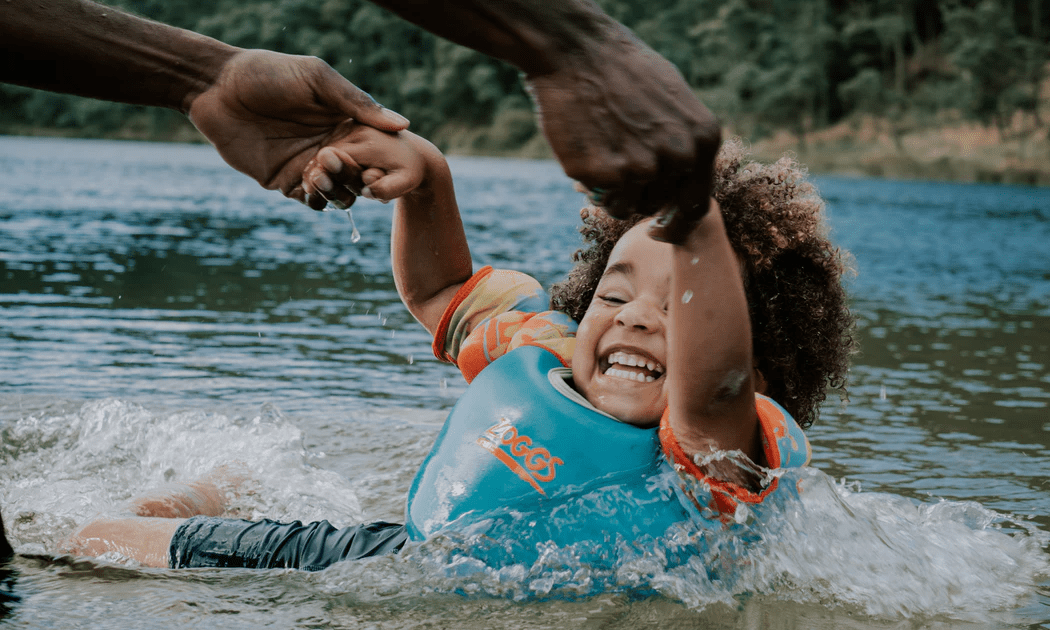
Check Out These Tips to Keep Your Kids Safe In and Around Water!
When preparing for a
beach day or an afternoon by the pool, water safety might not be the first
thing that comes to mind, unless you are chaperoning children. According to the Center for Disease Control and
Prevention, drowning is the second leading cause of fatalities in children ages
one to four We know that when it comes to your children, safety should
be a top priority. In order to help spread awareness, we’ve put together a
comprehensive guide on ways to teach your children about how to best protect
themselves in and around water. Continue reading
to learn more.
Swimming Safety:
The Basics
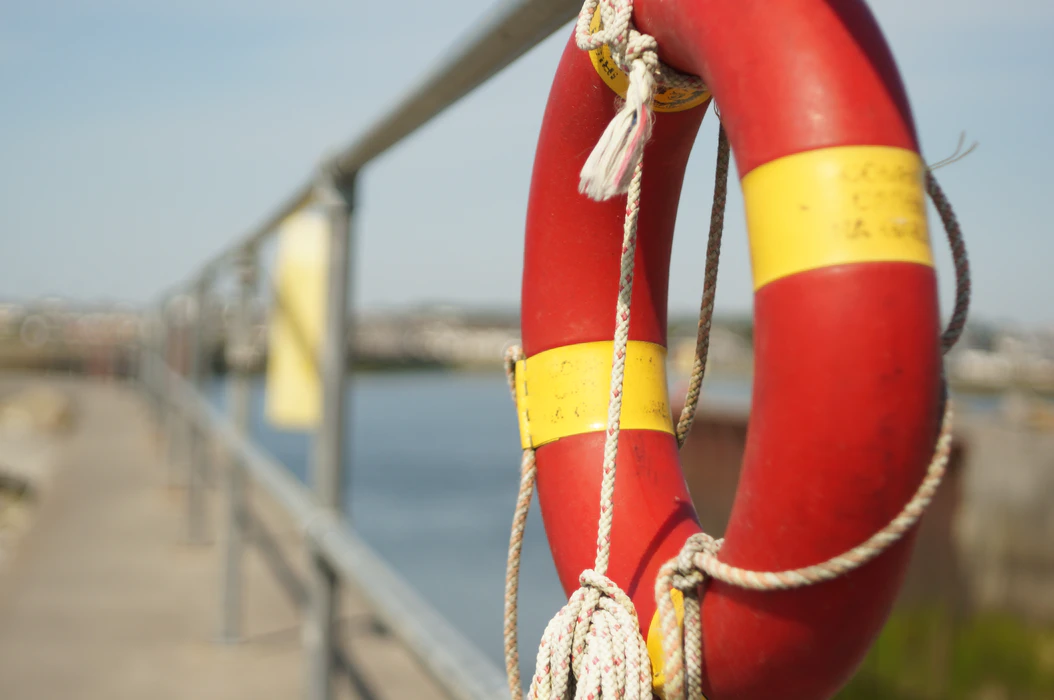
It’s important to recognize that parents
and caregivers play a critical role in protecting our little
ones from drowning and other water related accidents. Knowing how to prevent
incidents like these is one major step towards the goal. Follow these tips to
help prepare yourself and your children to be in and around water:
● Learn cardiopulmonary resuscitation (CPR). You
can learn more and register for a class through your local Red
Cross.
● Teach children to float before focusing on the
act of swimming.
● Enroll children in swimming lessons as early as
possible. According to the EDC
(Education Development Center), learning to swim can reduce chances of
drowning by nearly 88%.
● Never leave children unsupervised. Teach children
to always wait for an adult before entering or going near bodies of water.
● Remind children to always swim with a buddy,
preferably a trusted adult.
● Only use life jackets that have a U.S. Coast
Guard approval. It is recommended that you avoid “water wings” and other
floatation devices as they can slip off the arms of a child, leaving them
unprotected.
● Teach children to enter the water feet first, as
serious injury can occur from diving headfirst into unknown bodies of water.
● Test the water temperature
before entering any body of water, as jumping into water that is too cold can
cause the body to go into shock.
● Always keep a phone nearby, no matter where you
or your children are swimming so that you have the ability to contact emergency
services at a moment’s notice.
● Remind children never to go into a public body of
water where a lifeguard is not present.
Safety Tips for
Swimming Pools
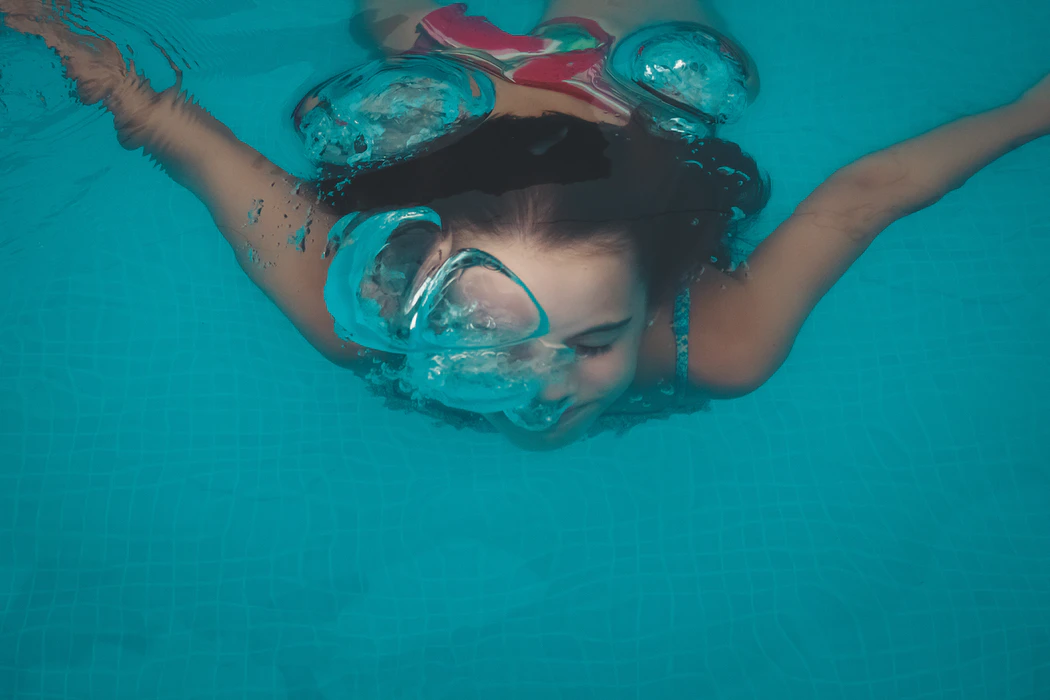
Although there are general safety precautions that you and our
children can take, the environment in which you choose to go swimming can have
a major effect on your safety. Include these additional tips in the discussion
around water safety before your next trip to the
pool:
● Always follow the posted safety rules.
● Take note of any signage around the pool area,
including signs that indicate the depth of the water.
● Stay away from pool drains. Hair, limbs, and
clothing can get entangled in a faulty drain.
● Pack a first aid/safety kit with your
children and explain what each item should be used for.
● Teach children to remove any pool toys from the
area when not in use. This can mitigate the risk that other children will enter
the water unsupervised to retrieve them.
● If you have a pool in your
yard, you might consider installing safety alarms that will go off when
the area is entered. You will want to teach your children what the alarm sounds like, so
if they hear it, they can call for help.
● For both above-ground and in-ground pools, be
sure to secure the area with appropriate locks and barriers.
Swimming Safety
Tips for Natural Bodies Of Water
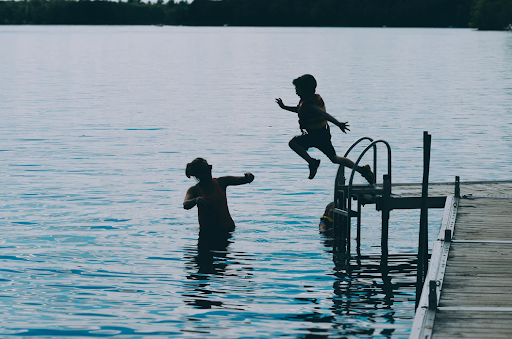
Just like with swimming pools, natural bodies of water such as rivers,
lakes, and oceans will come with their own set of safety hazards. Teach your
children to avoid an accident with these additional
safety tips:
● Always swim near lifeguards and stay where you
are visible.
● Always stay within the designated swimming areas.
● Pay attention to signage and postings in the
area.
● Do not swim in water that is polluted.
● Know and understand your limits as a swimmer. Swimming in open water is
a much different experience to that of a swimming pool. Colder waters and
currents can create dangerous conditions that can be a challenge for even the
strongest swimmer.
● Don’t venture far from shore and be aware of
currents.
● Insist on wearing a life jacket at all times,
even if you are on a
boat.
● Teach children not to lean over the edge of any
boat, especially if that boat is moving.
● Always check the weather before heading into the
water.
● Take intermit breaks while swimming to avoid
fatigue. Exit the water if you start to feel cold, tired, or
hungry.
Know How to Respond to a Water Related
Incident
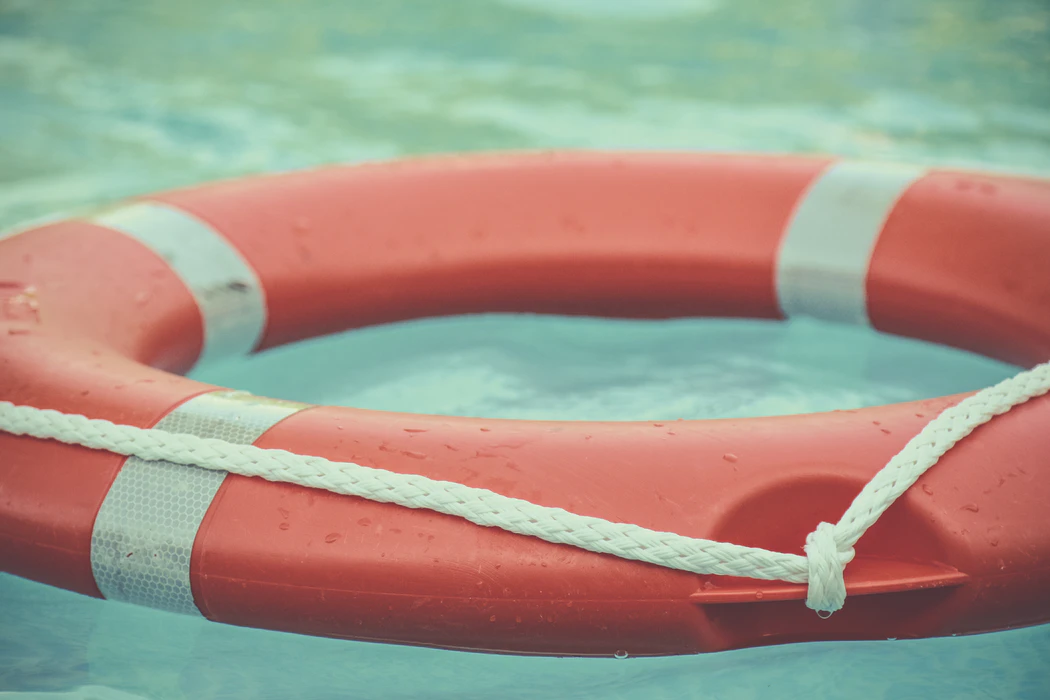
Knowledge is key when it comes to keeping our children safe in and
around water. Educating children early on, along with keeping yourself informed
on how to handle emergencies can make the difference between life and death.
● Reach for or throw a safety floatation device to
help someone who is struggling in the water. Avoid entering the water yourself
as you could then find yourself in the same situation.
● If a child is missing, always check the water
first. Alert a lifeguard if present.
● Learn to recognize the
signs of someone drowning or in trouble and call for help.
● Contact emergency services as soon as possible
when needed.
● Learn how to utilize CPR.
One of the most important things you can do when teaching your child
about water- safety is to thoroughly explain why following these procedures is important.
Be sure to sit down with your family before each water-related adventure to
review the established rules and precautions. We know that your
family’s safety is of the utmost importance. To learn more about how to keep
your children safe while out and about, check out the link below.








